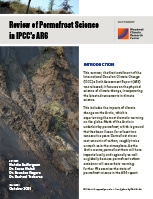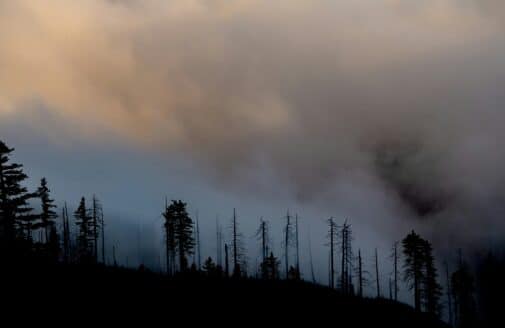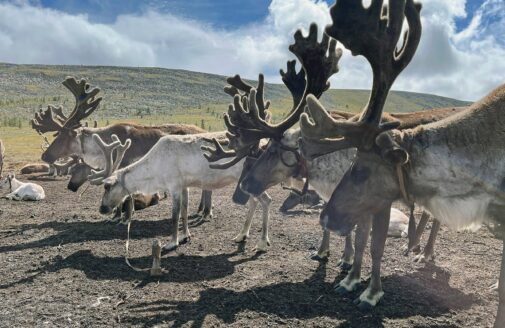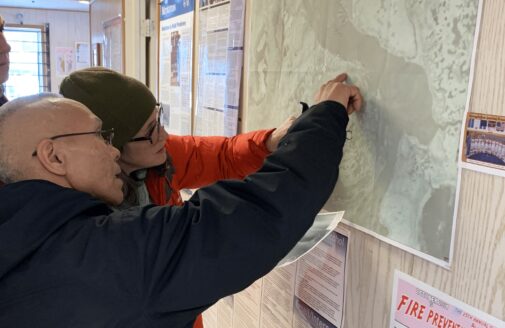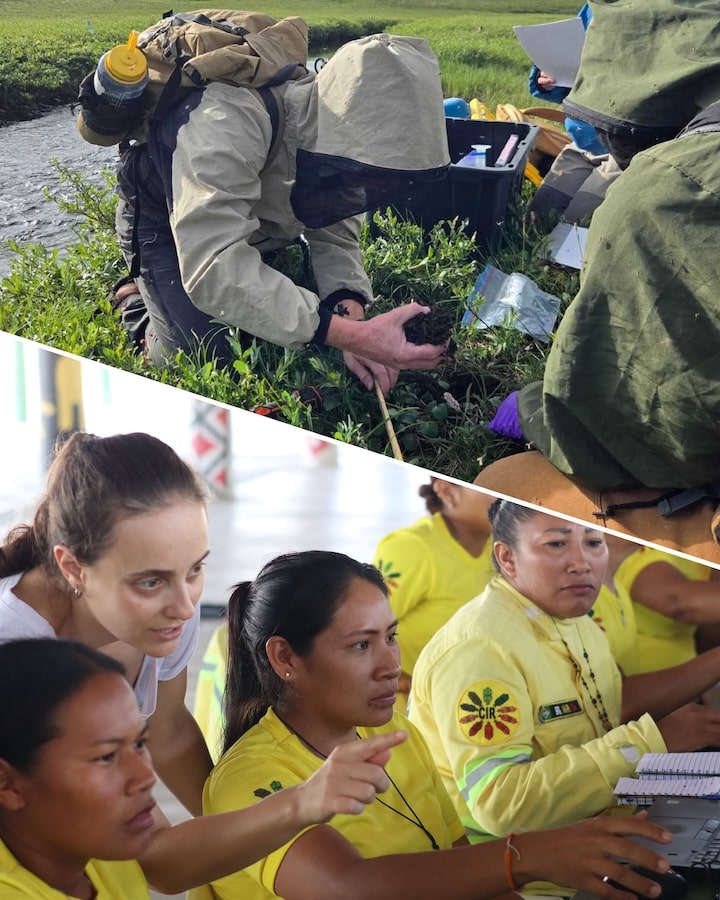Review of permafrost science in IPCC’s AR6 WG1
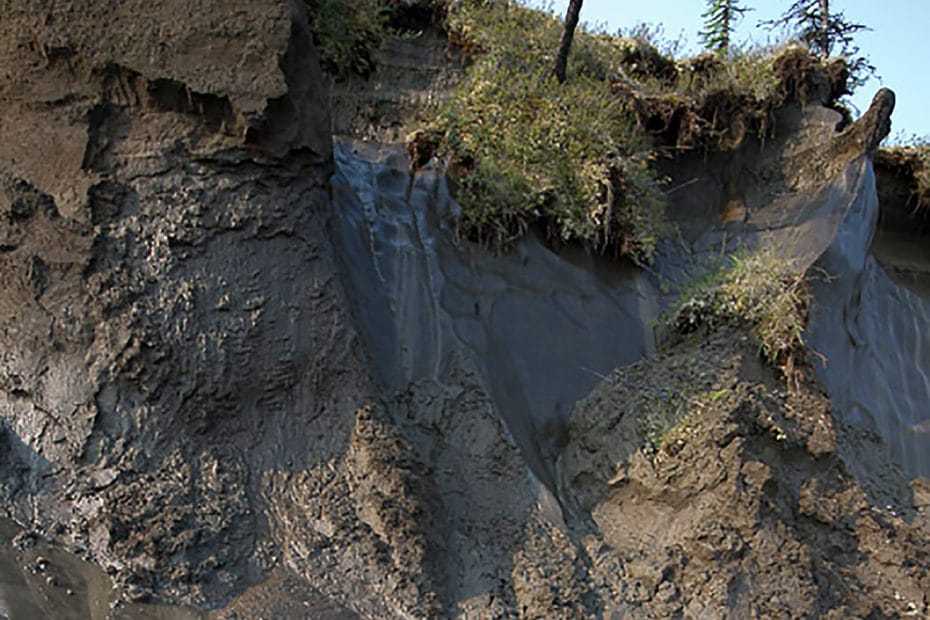
Hillside with exposed permafrost thaw. / photo by Chris Linder
Introduction
This summer, the first installment of the International Panel on Climate Change (IPCC)’s Sixth Assessment Working Group 1 Report (AR6 WG1) was released; it focuses on the physical science of climate change, incorporating the latest advancements in climate science.
This includes the impacts of climate change on the Arctic, which is experiencing the most dramatic warming on the globe. Much of the Arctic is underlain by permafrost, which is ground that has been frozen for at least two consecutive years. Permafrost stores vast amounts of carbon, roughly twice as much as in the atmosphere. As the Arctic warms, permafrost thaw will have impacts locally and regionally as well as globally because permafrost carbon emissions will exacerbate warming further. We examine the state of permafrost science in the AR6 WG1 report.
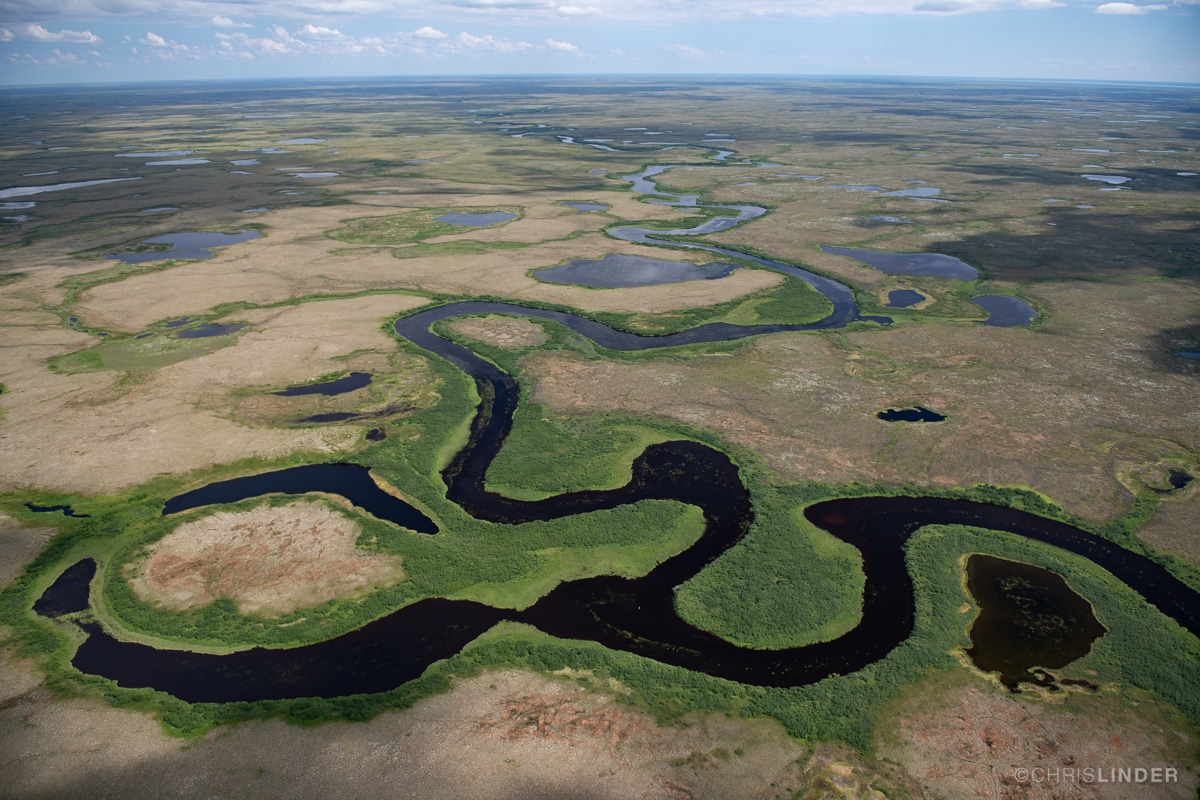
Aerial view of Arctic tundra.
photo by Chris Linder
Review
- As in previous reports, there is high confidence that warming will further permafrost thaw. Thawing increases linearly with warming scenarios.
Warming caused permafrost volume (top 3 meters) decrease compared to 1995–2014 conditions.
1.5°C–2°C = up to 50%
2°C–3°C = up to 75%
3°C–5°C = up to 90%
- With increasing warming, there is high confidence that thawing permafrost will lead to carbon release. Already, some regions of permafrost are net sources of carbon.
- The losses of permafrost carbon are irreversible at centennial timescales.
- There remains uncertainty on the timing and magnitude of emissions from permafrost.
- The carbon budget is the amount of carbon that can be released without overshooting temperature targets (1.5°C and 2°C) set under the Paris Accord.
- Most climate models still do not include permafrost processes. Nonetheless, the remaining carbon budgets (the amount of carbon that can be released without overshooting temperature targets) featured in AR6 WG1 do include emissions from permafrost for the first time.
- This is done using a simplified, preliminary estimate that both assumes a linear relationship between warming and permafrost emissions and excludes a number of critically important thaw processes—notably abrupt thaw (thaw-induced ground collapse that exposes deep permafrost) and fire-permafrost interactions. As a result, the projection (3–41 GtC per 1°C of warming by 2100) is underestimating permafrost carbon emissions potential in the budgets.
- In the AR6 WG1, the IPCC calculated the remaining carbon budget starting from January 1, 2020 to be:
Limiting warming to 1.5°C
50% chance = 500 GtCO₂
67% chance = 400 GtCO₂Limiting warming to 2°C
50% chance = 1,350 GtCO₂
67% chance = 1,150 GtCO₂
Conclusion
With each assessment report, there is increased urgency to reduce carbon emissions to avoid the most catastrophic impacts of climate change. A large gap remains in 1) understanding the magnitude of permafrost carbon emissions; and 2) incorporating those emissions into models. We hope to see this addressed in AR7.




